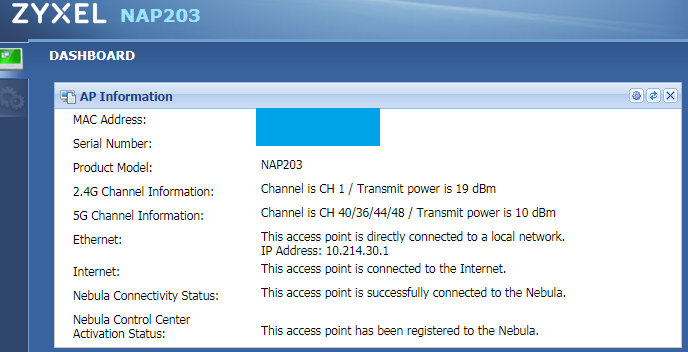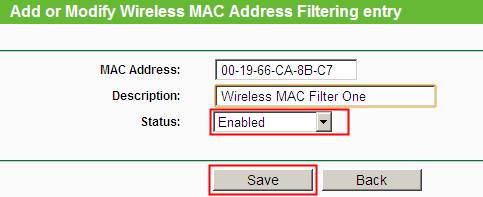
- #HOW TO CHECK MAC ADDRESS OF ACCESS POINT UPDATE#
- #HOW TO CHECK MAC ADDRESS OF ACCESS POINT SOFTWARE#
#HOW TO CHECK MAC ADDRESS OF ACCESS POINT SOFTWARE#
#HOW TO CHECK MAC ADDRESS OF ACCESS POINT UPDATE#
This will update the switch in these cases.Įven if a client is largely only a "consumer" of data, there are very few client devices (possibly none on any given network) that completely avoid sending data. Even if they are fast roaming they may do so. If security of any type is enabled and the client is not fast roaming, the client will send a DHCP request to validate their IP is still valid after reassociation. In these cases the WiFi infrastructure may handle the notification to the wired network. In these cases, the client may be transitioned from one AP to another, but they don't actually roam. There are also a few vendors that provide some type of single or virtual cell wireless solution. from the controller) so there is no need to update information on the switches. As such, even when a client device roams from one AP to another, it still lands on the network over the same connection (i.e. Most large corporate WLAN installations are using Cisco or Aruba/HPE and typically tunnel all wireless traffic to the controllers. There are also many different ways that different WiFi vendors handle client roaming (possibly different ways in any number of client roaming cases). There is no simple answer to this question as there are quite a few flavors of client "roaming." While a bit outdated, this post is still largely relevant to illustrate some of the many types of roaming on wireless. My question is, how do the switches in the network learn that the client has moved to another access point if the client is only consuming downlink data? The WLAN access points are connected to each other by learning Ethernet switches. Let us assume that I have a large corporate WLAN network with many access points having the same SSID. Or is there some kind of mechanism where the old access point will redirect the packet to the new access point?

Is there some kind of dummy uplink packet sent after an access point change to inform the switches in the network that the MAC address has moved to a new switch port?

When the client has performed an access point change, if there's no uplink data, my understanding is that the switches will direct the downlink TCP data to an incorrect access point until the (MAC address, port) pairs in the switches expire. Of course, there will be uplink ACKs but only as a response to the downlink data. My question is, how do the switches in the network learn that the client has moved to another access point if the client is only consuming downlink data? Let us assume that there is a mostly quiescent TCP connection that has data transfer only in the downlink direction at 10-second intervals, with no keepalive. AFAIK, the MAC address of the client does not change during this procedure. When a client moves from the area of one access point to another, it has to perform an access point change because its signal level went down. Now, each client in the WLAN network has its own MAC address.



 0 kommentar(er)
0 kommentar(er)
